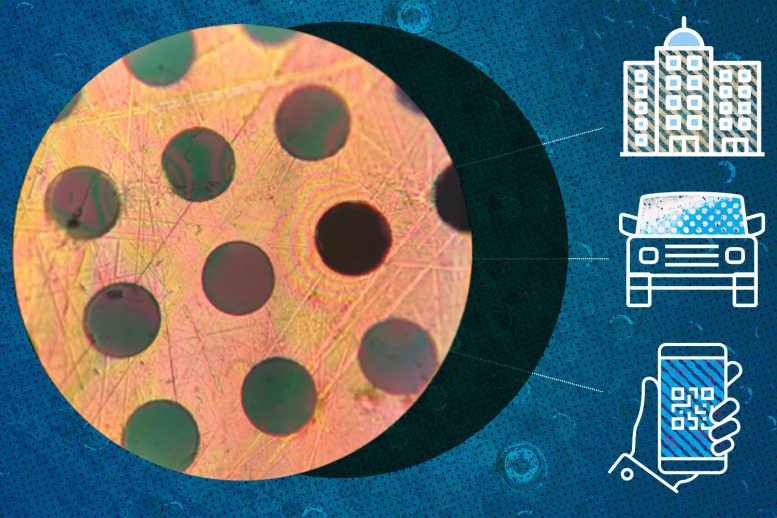Could we not be alone in Space?
In radio astronomy, a fast radio burst (FRB) is a transient radio pulse of length ranging from a fraction of a millisecond to a few milliseconds, caused by some high-energy astrophysical process not yet understood. While extremely energetic at their source, the strength of the signal reaching Earth has been described as 1,000 times less than from a mobile phone on the Moon. The first FRB was discovered by Duncan Lorimer and his student David Narkevic in 2007 when they were looking through archival pulsar survey data, and it is therefore commonly referred to as the Lorimer Burst. Many FRBs have since been recorded, including several that have been detected to repeat in seemingly irregular ways. February 2020, has been detected to repeat in a regular way: particularly, FRB 180916 seems to pulse every 16.35 days. Although the exact origin and cause is uncertain, most are believed to be extragalactic. The first Milky Way FRB was detected in April 2020.
When the FRBs are polarized, it indicates that they are emitted from a source contained within an extremely powerful magnetic field. The origin of the FRBs has yet to be identified; proposals for their origin range from a rapidly rotating neutron star and a black hole, to extraterrestrial intelligence.
The localization and characterization in 2012 of FRB 121102, one of the three repeating sources, has improved the understanding of the source class. FRB 121102 is identified with a galaxy at a distance of approximately 3 billion light-years and is embedded in an extreme environment. The first host galaxy identified for a non-repeating burst, FRB 180924, was identified in 2019 and is a much larger and more ordinary galaxy, nearly the size of the Milky Way. In August 2019, astronomers reported the detection of eight more repeating FRB signals. In January 2020, astronomers reported the precise location of a second repeating burst, FRB 180916.One FRB seems to have been in the same location as a known gamma-ray burst.
On 28 April 2020, a pair of millisecond-timescale bursts consistent with observed fast radio bursts, with a fluence of >1.5 million Jy/ms, was detected from the same area of sky as the magnetar SGR 1935+2154. Furthermore, the dispersion measure was too low to have originated anywhere outside of the Milky Way. Although it was thousands of times less intrinsically bright than previously observed fast radio bursts, its comparative proximity rendered it the most powerful fast radio burst yet observed, reaching a peak flux of either a few thousand or several hundred thousand Janskies, comparable to the brightness of the radio sources Cassiopeia A and Cygnus A at the same frequencies. This established magnetars as at least one ultimate source of fast radio bursts, although the exact cause remains unknown. On 1 June 2020, astronomers reported narrowing down the source of Fast Radio Bursts, which may now plausably include "compact-object mergers and magnetars arising from normal core collapse supernovae".





No comments:
Post a Comment